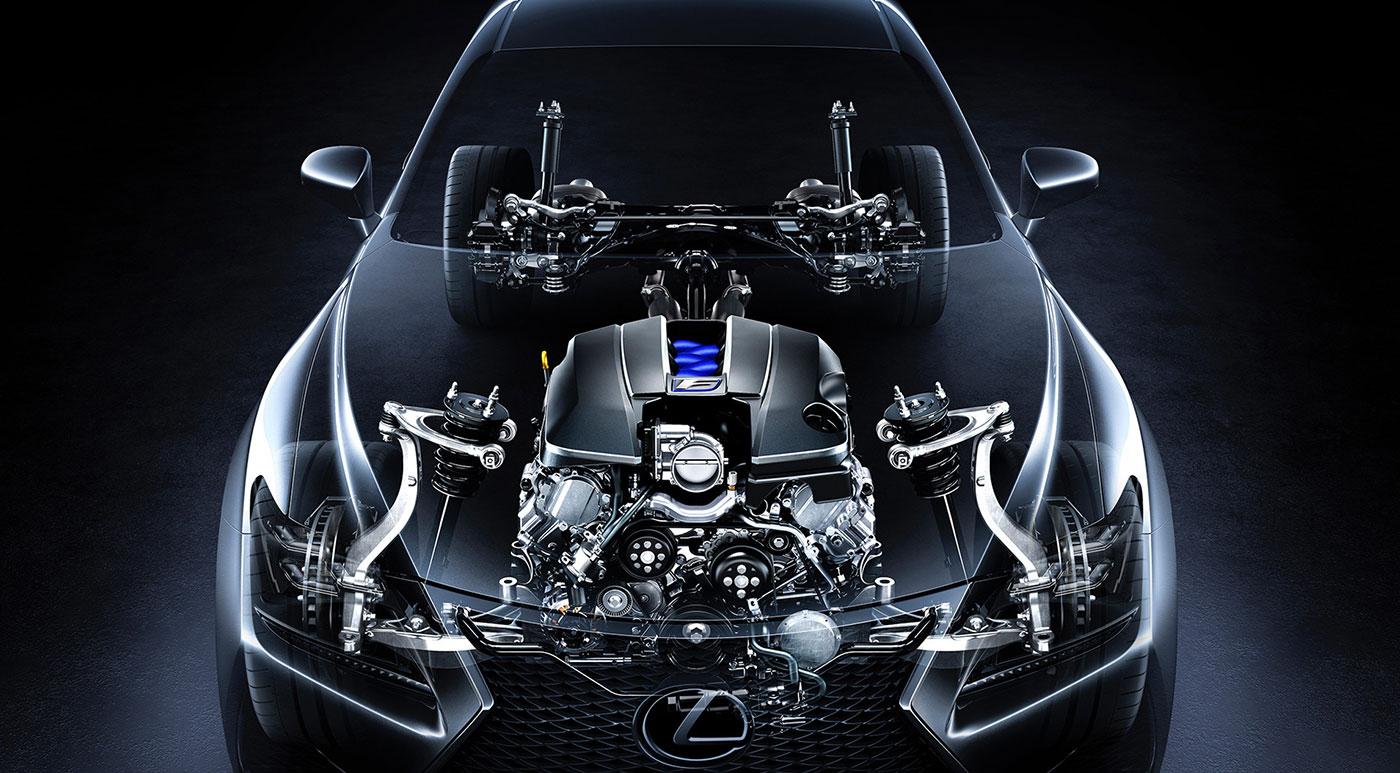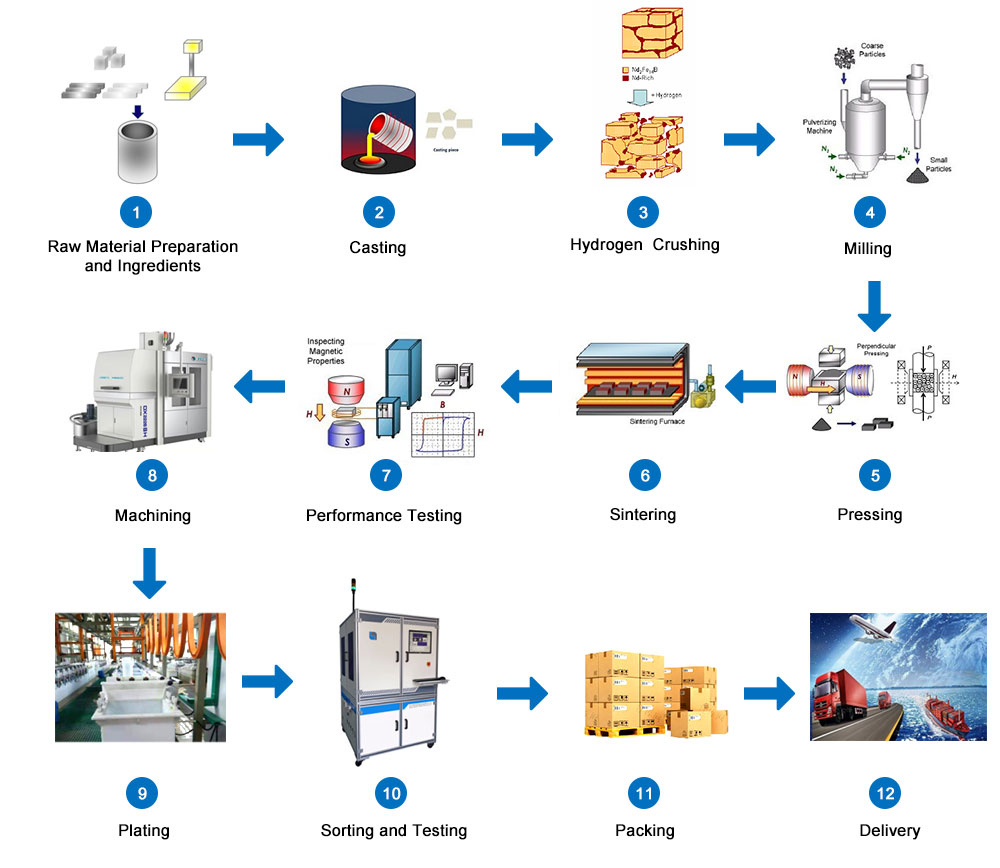Both permanent magnets and electromagnets can be manufactured to produce different forms of magnetic fields. When choosing a magnetic circuit, the first consideration is what you need the magnet to do. Permanent magnets dominate in situations where electricity is inconvenient, frequent power failures, or where there is no need to adjust the magnetic force. For applications that require changing the magnetic force or requiring remote control, electromagnets are useful. Magnets can only be used in the originally intended way. If the wrong type of magnet is applied to a special purpose, it may be extremely dangerous or even fatal. Many machining operations are performed on heavy bulk materials, and these applications require permanent magnets. Many users of machinery factories believe that the biggest advantage of these magnets is that they do not require electrical connections.
The permanent magnet features a lifting capacity of 330 to 10,000 pounds, and only a handle can be turned on or off the magnetic circuit. Magnets are generally equipped with safety locks to ensure that the magnets will not accidentally disconnect when they are lifted. Magnet sets can be used for long loads that are heavier and cannot be handled by a single magnet. Also, in many cases the parts to be processed are very thin (0.25 inches or smaller) and must be extracted from a pile of similar parts. Permanent magnets are not suitable for work that only picks up one part from a pile of parts at a time. Although permanent magnets are extremely reliable when used correctly, they cannot change the magnitude of the magnetic force. In this regard, the electromagnet enables the operator to control the strength of the magnetic field through a variable voltage control device, and can select one piece from the stacked parts. Self-contained electromagnets are the most cost-effective magnets in terms of unit lifting capacity, and their lifting capacity can be extended to 10,500 pounds. Magnets powered by batteries are useful. They use self-contained gel batteries to increase lifting capacity and can handle flat, round, and component-shaped products. The magnet powered by the battery can repeatedly complete the lifting action, providing considerable lifting capacity without an external power supply.



 sales00@jlmagnet.com
sales00@jlmagnet.com





